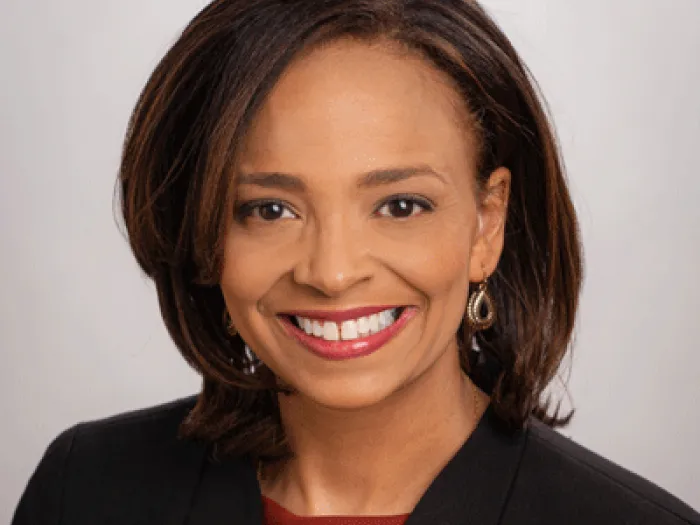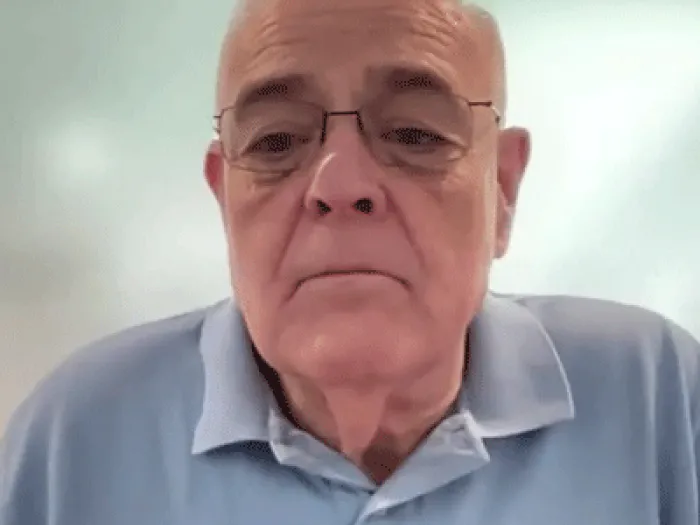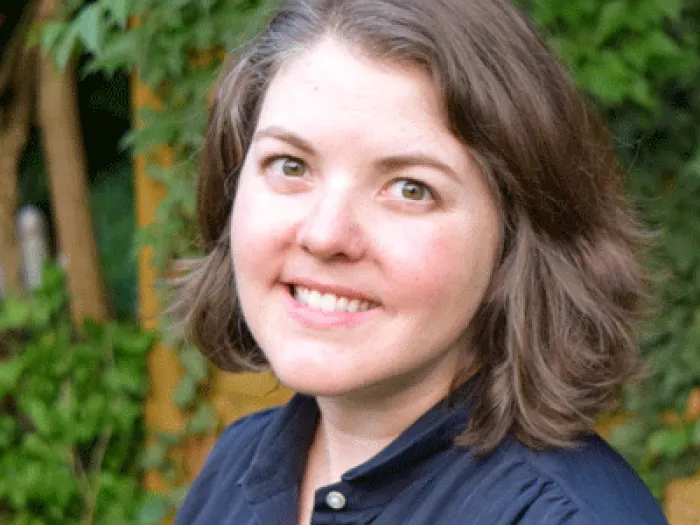MRTI committee learns about environmental issues, how advocacy supports communities in Puerto Rico
Committee members hear from groups supported by Presbyterian Disaster Assistance
During its annual in-person meeting, the Committee on Mission Responsibility Through Investment (MRTI) of the Presbyterian Church (U.S.A.) met with community partners in San Juan, Puerto Rico.

Meeting March 12-13, the site visits allowed committee members to hear firsthand from people who have suffered from environmental disasters and people-made problems. MRTI staff and committee members listen and learn at these engagements and seek ways to advocate for communities as they work with companies on environmental and human rights issues.
Following its business session at the PC(USA) affiliated Seminario Evangélico de Puerto Rico, and presentations on the social, political, economic and theological environment by Prof. Emilio Pantojas, a sociology professor at the University of Puerto Rico, and Dr. Gonzalo Alers, a New Testament professor at the seminary, committee members met with two PC(USA) supported community groups.
Beginning with Fideicomiso del Caño Martín Peña (Martín Peña Canal Land Trust) and Proyecto ENLACE, a Presbyterian Disaster Assistance partner project, committee members saw the effort that is restoring the canal connecting the harbor lagoons around San Juan. Environmental Affairs Manager Estrella Santiago Pérez described the dramatic turnaround that has happened because of the cleanup and restoration effort, and toured portions of the canal and surrounding communities with MRTI committee members.
“We have eight communities that are basically dissected by a T-channel called the Caño Martín Peña,” said Santiago Pérez of the area that has been home to San Juan’s working poor and had suffered a century of environmental neglect. “This project seeks to restore the environmental ecosystem of the Caño Martín Peña, which is also part of the San Juan based ecosystem through its dredging and channelization, but it also seeks to provide infrastructure housing and also promote socioeconomic development within the communities of the Caño Martín Peña.”
The project’s comprehensive development plan began in 2002 and encompasses infrastructure, sanitary, power, transportation, and stormwater improvements, as well as socioeconomic development and ecosystem restoration initiatives. Santiago Pérez says its goals are to restore the ecology of the Caño Martín Peña, reconnect the communities with the water, provide resilient and decent housing, and foster economic development opportunities for the residents.
Three primary project partners, including the “G8” governing boards from each of the affected communities, and 12 grassroot organizations expect the project to be completed by 2032.
“A beautiful element of this type of community planning tool is that it is a visualization of what the communities want for themselves,” Santiago Pérez said. “What these communities look like once the priorities are implemented will be a restored canal with mangroves surrounding it, similar to what it used to look like originally, because this is a wetland with recreation components. There are some proposed water plazas and recreation areas where the communities can enter the canal. Just imagine people taking a kayak from these communities all the way to San Juan or to Carolina.”
The land trust component of the project has purchased properties and resolved title issues that has allowed residents to remain in the community without fear of relocation. A surge in outside investment in response to a favorable tax shelter environment following Hurricane Maria has resulted in inflated land and housing prices. Through the land trust, residents individually own their houses and the right to use the plot of land where it is located. The trust also collectively owns 200 acres of land that was previously government property.
“The Presbyterian Church came at a very vulnerable time for the communities after Hurricane Maria. We were facing multiple challenges,” Santiago Pérez said. “We already had challenges before the hurricane, but definitely Maria exacerbated the vulnerability of the communities in terms of access to water and electricity.
“PDA came in when we needed them … We deeply appreciate the commitment that PDA has shown the communities and that we know shows other communities throughout the U.S. and the world.”
The following day, committee members visited another PDA partner project, Taller Salud (Health Workshop) that began as a women’s collective dedicated to improving women's access to healthcare, reducing community violence, and fostering economic development through education and activism. Taller Salud’s executive director, Tania Rosario Méndez, gave committee members an overview of the organization’s 45-year grassroots efforts that included PDA-supported disaster relief in recent years in addition to its primary goals.
The organization takes an intersectional, holistic approach to community health, seeing issues like gender-based violence and community violence as interconnected with physical and mental health. Over the last 12 years, its community violence intervention programming has resulted in a 50% decrease in violent deaths in the San Juan neighborhood of Loíza.
“Loíza is one of a couple of demographic pockets around the island that are the result of slavery and how slavery played out and where sugarcane was planted,” Rosario Méndez said. “The geographic characteristics of Loíza include a huge wetland with several rivers and smaller streams, and the way the shoreline is creates a sense of a small island, isolated by the mouth of the two rivers.”
This isolation, she said, has led to higher barriers for residents to obtain health care, healthy food options and education. Taller Salud provides “doors” for services and empowerment, Rosario Méndez said.
“We have several doors,” she said. “We have a hotline. There's one door people call, and that's the door which they would cross to enter the program. We have walk-ins because we have supporters, so people can show up. We have people come for psychological services, individuals, psychological services, and that's their door … The courts are another door. So you have a referral, someone gets them, meets our advocate, helps them with a protection order. So that's the door.”
MRTI members also met with the National Presbyterian Hispanic Latino Caucus, which was concurrently holding its gathering in Puerto Rico. Members of the two groups discussed ways in which each could inform the work of the other, including a proposal for a letter of understanding that would allow the National Presbyterian Hispanic Latino Caucus to bring issues and concerns to MRTI for consideration.
MRTI was created in recognition of the PC(USA)'s unique opportunity to advance its mission faithfully and creatively through the financial resources entrusted it. MRTI implements the General Assembly’s policies on socially responsible investing — also called faith-based investing — by engaging corporations in which the church owns stock.
You may freely reuse and distribute this article in its entirety for non-commercial purposes in any medium. Please include author attribution, photography credits, and a link to the original article. This work is licensed under a Creative Commons Attribution-NonCommercial-NoDeratives 4.0 International License.




